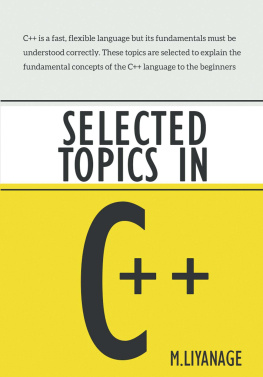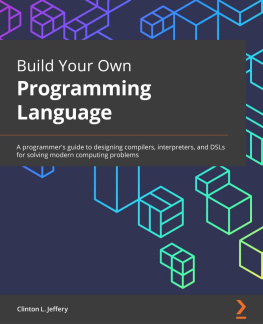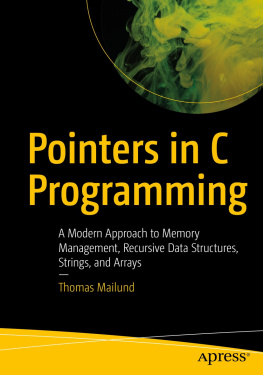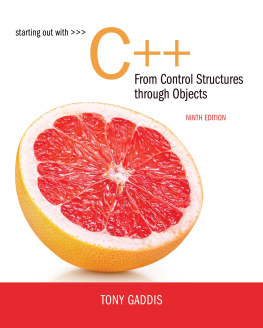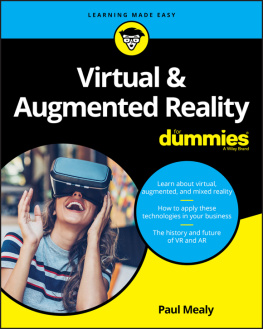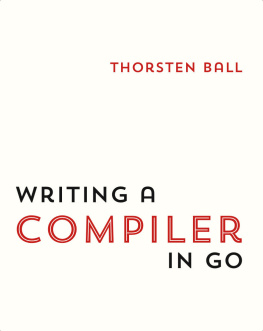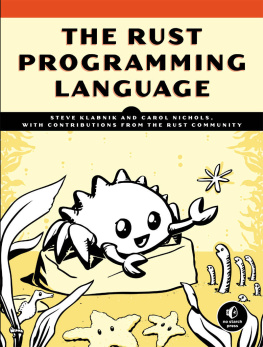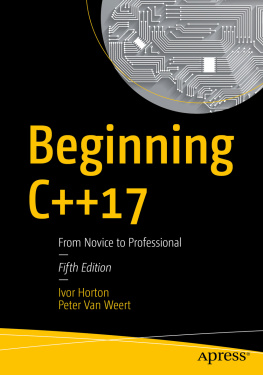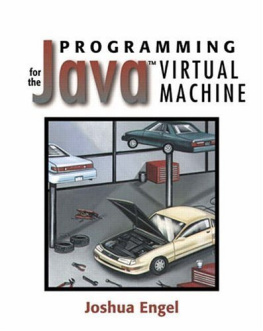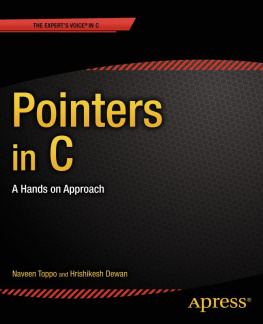Preface C++ started in the early 80s and after more than 30 years later, it is still one of the most used programming languages. This is so for a very good reason. Its not just the speed of C++ that makes it a popular choice. It is a very flexible and predictable language. You can be sure to have a constant performance with a C++ program. And this is achieved by being able to control a lot of aspects of the program.
C++ puts the programmer in the front seat. The programmer can take control of how things need to be run. Its predictable. There are no suprises. Most importantly, C++ lets you go very close to the low-level of the computer. Java. Java.
It is widely accepted that the speed of Java will match that of C++ in the best case, but not surpass it. But heres the caveat. To get the best performance of C++ you need to learn how to use it properly. Like I said, C++ puts the programmer in full control and it is our responsibility to control it properly. It is easy to write bad code with C++. But to write good, optimized code, you need to learn the core of it because unless you know what exactly is happening with your code, you cannot control it or optimize it.
Its often said that C++ is a difficult language to learn. Learning a programming language is not that difficult at all. Same goes for C++. It is not a difficult language. It becomes a difficult language when you dont know it properly. When you dont understand its core concepts it becomes difficult.
C++ has no garbage collection. You need to collect your own garbage. C++ has the concept of stack memory and heap memory. You need to control where you want to put your objects. It has constructors and destructors. You need to know when and how they are called.
Then it has multiple inheritance, something thats not part of most languages. It has pointers and references. You need to know how and when you should use them. Then you have virtual functions and virtual tables and virtual pointers. These are few of the important fundamentals of C++ that should have a firm grip on. Purpose of this book It is not difficult to get up and running with C++.
It is like any other language. But once you go through the basics of the language, classes, constructors, inheritance, conditionals, loops, etc., C++ will feel like most other high-level languages. But it can be a challenge to move on from there and to go from being a C++ beginner to an intermediate or advanced programmer. There are many core concepts of C++ and without knowing them you cant know the language in its fullest. You cannot write fast optimized code without knowing what happens during compilation or runtime. The aim of this book is to take C++ beginners to the next level.
To discuss the fundamental internals of the language so the beginners can fully understand what happens with their code. This book is divided in to 20 different topics which attempt to talk about the most used concepts of C++. Who this book is for This book is intended for beginner level C++ programmers. If you know about classes, inheritance, constructors and virtual functions, you are the intended audience of this book. Who this book is not for This book is not for programmers starting to learn C++ from the beginning. That is, this is not a Hello, World book.
This should be the book you read after that. Table of Contents Topic 1The size of an objectObjects are what makes the language Objected-Oriented, so they are at the core of C++. So its only natural we dedicate our first topic to learning about the size and composition of them. Lets start with the bare minimum, the empty class.The empty classWhats the definition of an empty class?class emptyClass{};So how exactly empty is the empty class? Well its pretty empty, but not nothing. Heres how empty an empty class is:#includeusing namespace std;class emptyClass{};int main ( int argc , char ** argv ){emptyClass emptyClassObj;cout << "Size of emptyClassObj: " << sizeof (emptyClassObj) << endl ;}Size of emptyClassObj: 1The size of a class with nothing in it is 1 byte. But why so? Why is a class object 1 byte when there is nothing in it? Because the standard does not let objects have a size of 0.
Again, why? This is because you need to be able to distinguish between two objects of the same class!Take a look at this:#includeusing namespace std;class emptyClass{};int main ( int argc , char ** argv
Next page
